Saving Tomato Seed
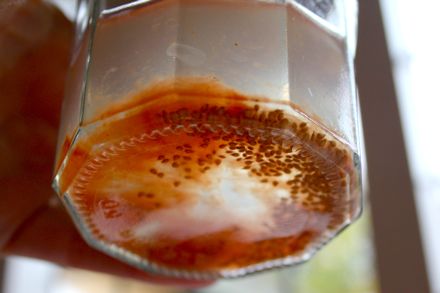
This year I grew some Sweetpea Currant Tomatoes, a not-so-little bush variety that produces Tomatoes no bigger than a pea. They were beautiful. Not only did they taste very, very sweet but their tiny jewel-like fruits looked amazing on the plants and produced bucket-loads of Tomatoes. They were a real hit. The only problem is that the seed is quite expensive. If my memory serves me well they were £2.45 for ooh… about 15 seeds. In seed terms that’s quite a bit. So I have determined to save my own seed, since I have so many Tomatoes I might as well!
The first thing to do is to pick some nice, ripe Tomatoes (check). Cut them in half and scoop out the seeds. Put these into a jar and place in a warm cupboard to ferment – or get mouldy in plain terms. After about a week the jelly-like substance will have err.. rotted off. Nice huh?
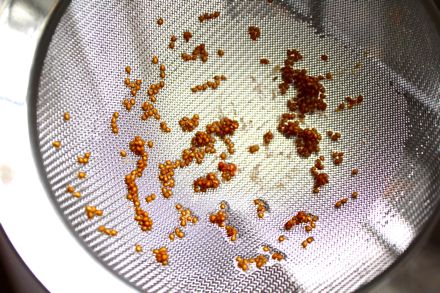
Next fill the jar with water and skim off any bad seeds that float to the top. Wash the remaining seeds with fresh water.
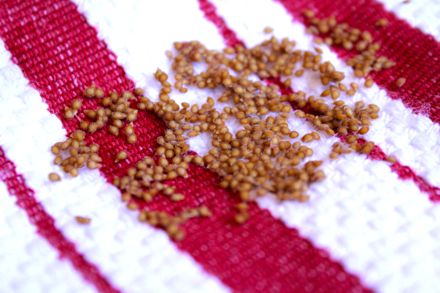
Finally, turn them out onto a towel to dry thoroughly and store in a dry, frost free place until next year.
As I understand it you can save seed from any Tomato in this way. But, you have to be careful which Tomatoes you save seed from as some will cross pollinate in certain situations.
Tomatoes are self-fertile which means they don’t need insects or wind to pollinate them. But… some are pollinated by insects if the anthers on their flowers open up and allow insects inside. Or if the stigma sticks out beyond the anthers and insects can get to it. This can happen on the first flowers that beefsteak Tomatoes produce and currant varieties.
Aha, you say, but you have just saved the seed from a currant variety. Yes, you can do that if you are only growing one currant variety. Also if you discard any plants that do not produce Tomatoes that are true to type in the future.
So, if you have a bunch of ripe Tomatoes still hanging on for dear life, don’t bin them. Save yourself some money by saving the seed.
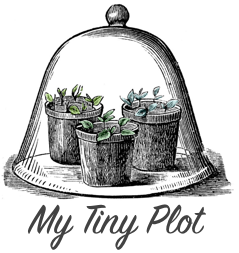 My Tiny Plot
My Tiny Plot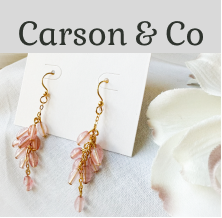

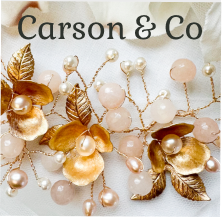

Much of what we do in the garden is trying to replicate what happens in nature. In addition to saving seed using your technique, consider letting some tomatoes self-seed (with a little assistance). For outdoor varieties, just crush a few ripe tomatoes over an 8 inch square of soil, cover with leaf mold (or whatever is hand) and then use a 5L water bottle with the bottom with the bottom cut off as a cloche. For even better germination rates, simulate the seed passing through the gut of an animal by covering the seed with some diluted bird mess before covering with leaf mold. BTW, the simulated gut is great at improving germination rates for chille seeds raised indoors.
I cannot help myself either – there is not a single seed which (knowingly) passes through my kitchen and lands in my compost heap. I am definitely OCD regarding seeds (future) plants in my garden :)
I’ve decided to grow more interesting tomato varieties next year, so if they’re a success then I’ll certainly consider saving some seeds. It looks really straightforward – once past the horrible mouldy jelly stage!
You do need to make sure you aren’t growing a hybrid variety. When they self pollinate you will get a random mix of offspring.
Seed collection is a must isn’t it? I collect everything, from everywhere. My driveway is a mass of yellow and orange marigolds courtesy of the planting on the small roundabout in my nearest town. I squirrel away butternut squash and pumpkin seeds, runner and broad bean seeds, and any flower seeds I can get hold of. My tomatoes self seed each year in the original bed in the polytunnel and I have loads of tomatoes free every year.
Thanks for such a timely reminder. I also grew Sweetpea Currant Tomatoes this year, loved their sweetness too and definitely want to eat these next year.Still see a few fruits on the bush, so I’m off right now to collect and ferment. Thanks again.
Jennie, don’t worry about a hybrid coming up, maybe the hybrid will just what you were looking for. BTW, anyone speak French? I know “haricot nain” are dwarf beans, what is the French for climbing/pole beans?
Jennie and TommyBoi – however, more often than not the offspring of the hybrid (aka F1 variety) aren’t as good as the parents were :(
If you want to save your own seed with confidence then I’d recommend trying Real Seeds. who actively encourage their customers to save seed from the varieties they sell, even including instructions on how to do it with their packs :)